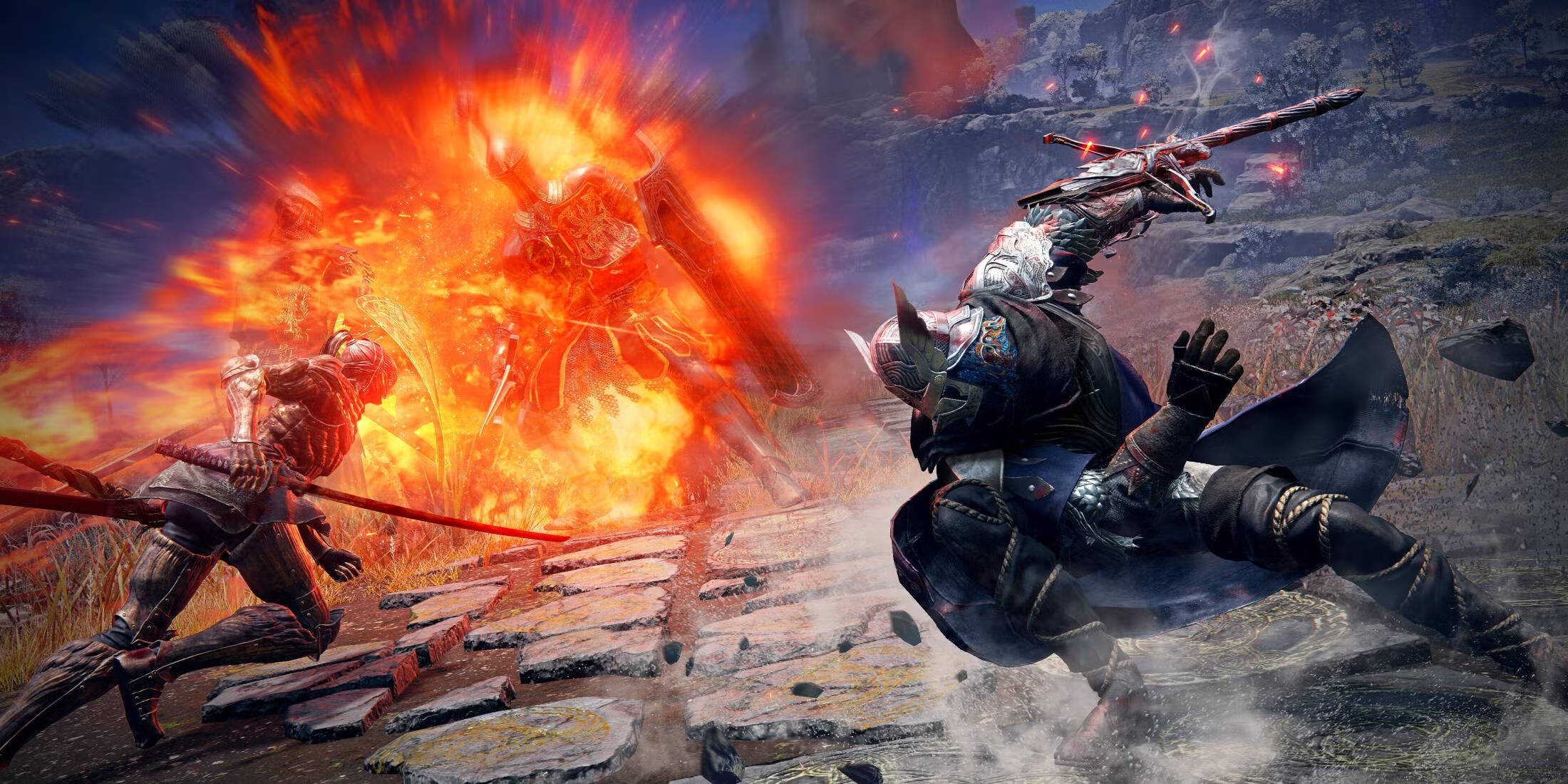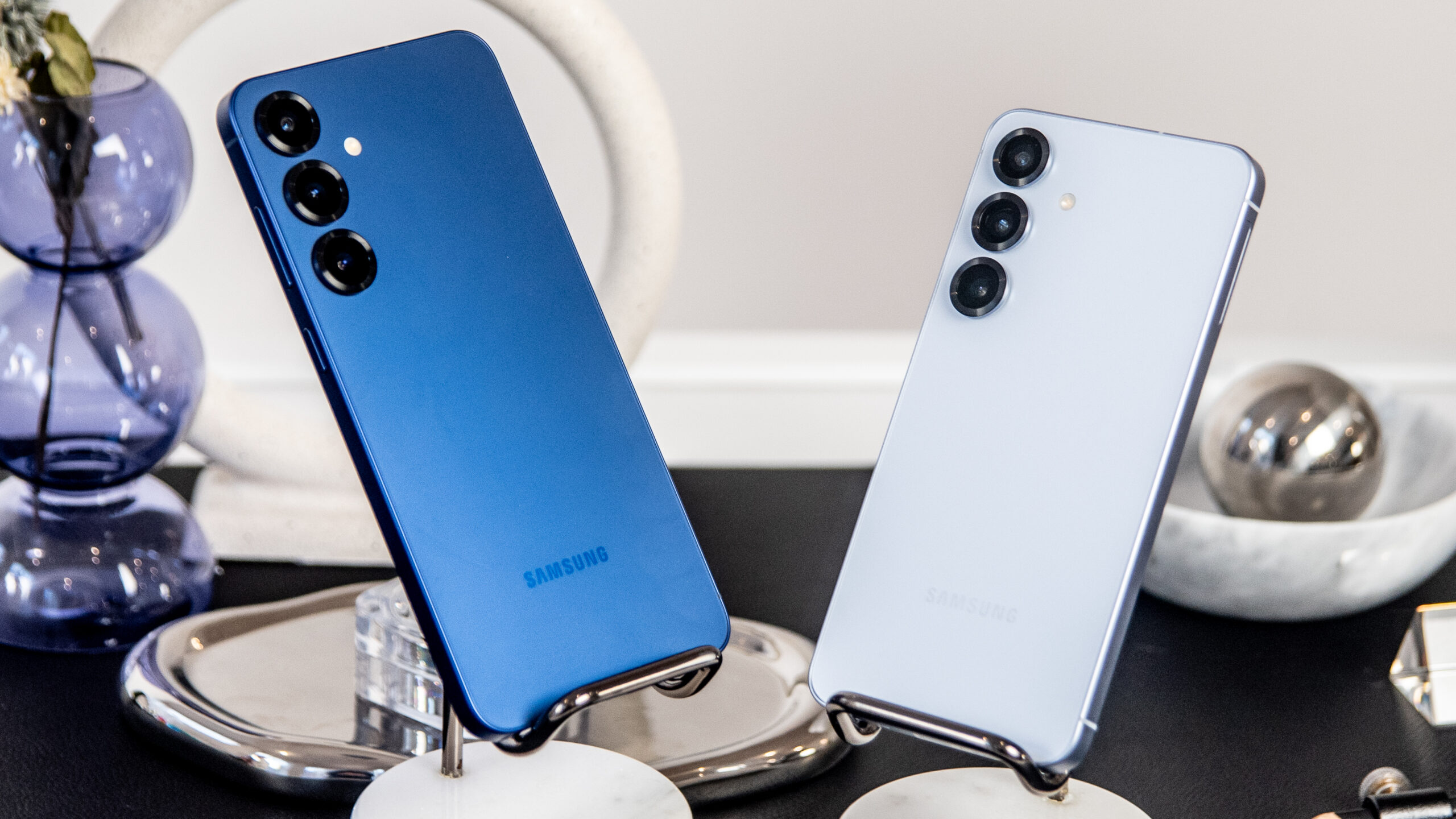In a significant move within the AI landscape, Google has introduced Veo, its latest AI-driven video generator, set to rival OpenAI’s recently announced Sora. This new development was revealed at Google’s annual developer conference, aiming to position Veo as a key player in the growing market of AI video generation tools.
What is Veo?
Veo is an advanced AI model designed to create high-quality videos from textual descriptions. The tool leverages Google’s expertise in machine learning and neural networks to generate visually compelling videos up to 60 seconds long. Users can input text prompts, and Veo will produce videos that closely match the described scenarios.
Key Features of Veo
High-Quality Video Generation
One of the standout features of Veo is its ability to produce videos that are nearly indistinguishable from real footage. This is achieved through a combination of sophisticated algorithms and a vast dataset that includes publicly available videos and licensed content. Veo’s videos are known for their high resolution and detailed animations, making them suitable for various applications from marketing to entertainment.
User-Friendly Interface
Google has emphasized ease of use in Veo’s design. The platform features an intuitive interface where users can simply type their desired scene or action, and the AI handles the rest. This democratizes video creation, allowing even those without technical expertise to produce professional-grade videos.
Editing Capabilities
Veo also offers robust editing tools. Users can modify generated videos by providing additional prompts to refine scenes, adjust characters, or change backgrounds. This iterative process ensures that the final output meets specific user requirements, providing flexibility and control over the video content.
Comparison with OpenAI’s Sora
While Veo is Google’s latest venture into AI video generation, it enters a competitive field dominated by OpenAI’s Sora. Sora, launched earlier this year, also converts text into video but has some distinctive features. Notably, Sora specializes in generating intricate 3D environments and complex animations, though it currently lacks audio generation capabilities.
Both tools are designed to push the boundaries of what AI can achieve in video production, but they cater to slightly different user needs. Veo’s focus on user-friendliness and editing flexibility makes it an attractive option for a broader audience, whereas Sora’s advanced 3D capabilities may appeal more to users requiring detailed and complex visual effects.
Industry Implications
The introduction of Veo is likely to accelerate the adoption of AI in video content creation. This technology promises to reduce production costs and time, enabling creators to focus more on conceptualizing and less on the technical aspects of video production. Industries such as advertising, entertainment, and education stand to benefit significantly from these advancements.
Moreover, Google’s entry into this space underscores the competitive nature of AI development. With tech giants like Google and OpenAI continuously pushing the envelope, we can expect rapid advancements and new features in AI-generated media.
Conclusion
Google’s unveiling of Veo marks a notable advancement in the AI video generation field. By combining high-quality output with user-friendly features, Veo is poised to become a significant tool for creators worldwide. As AI technology continues to evolve, the competition between Veo and Sora will likely drive further innovations, benefiting users with increasingly powerful and accessible video generation capabilities.
SEO Meta Description
Google unveils Veo, a new AI video generator rivaling OpenAI’s Sora, offering high-quality, user-friendly video creation from text prompts.









Add Comment